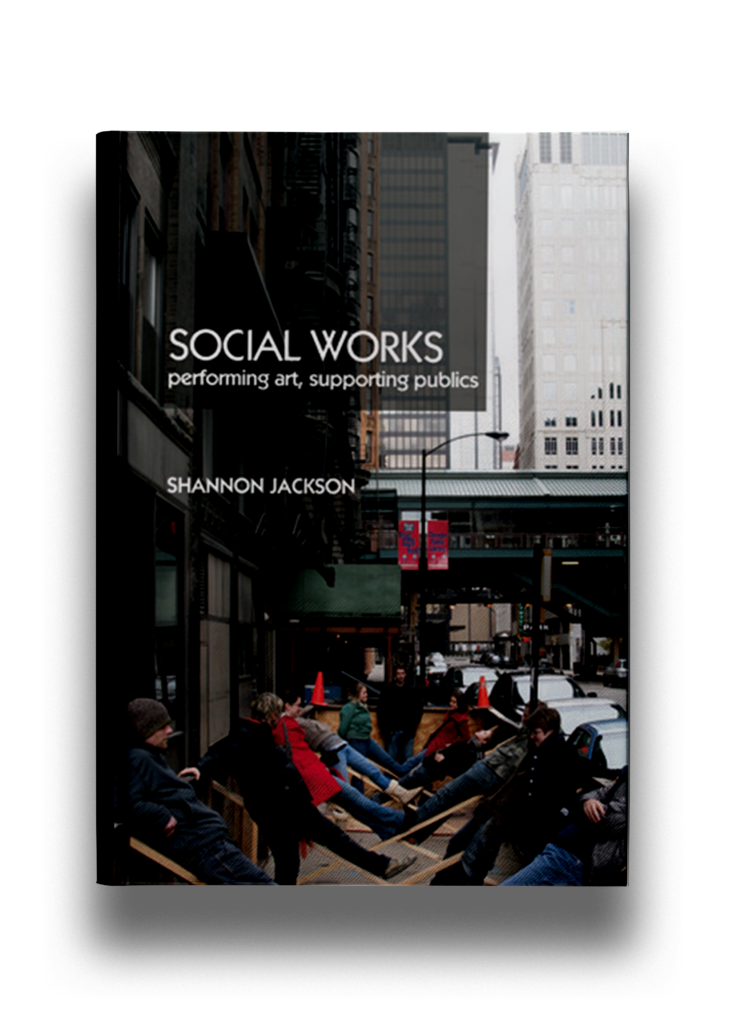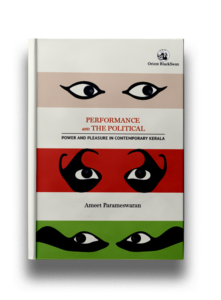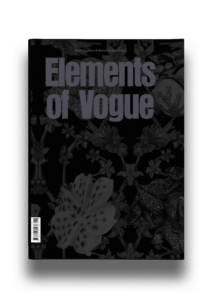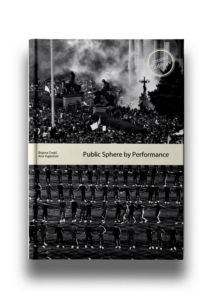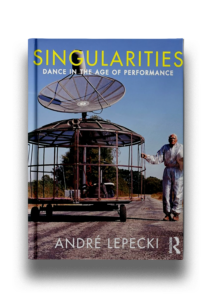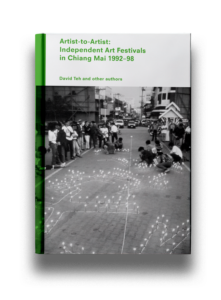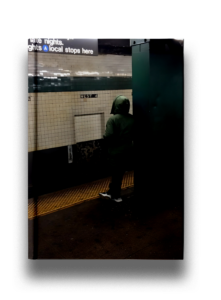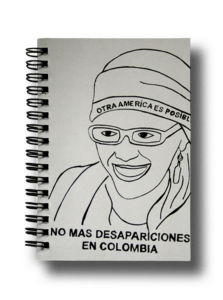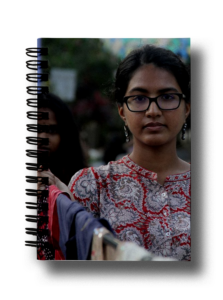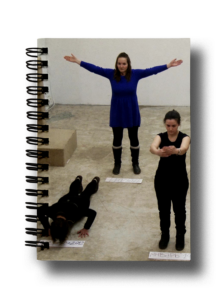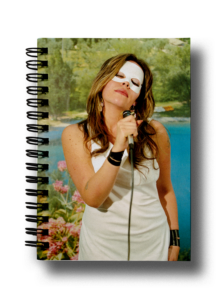Year
2011
Publisher
Routledge
Author
Shannon Jackson
Annotation
Ever since the artist Mierle Laderman Ukeles established a non-salaried position at the Sanitation Department of the City of New York in late 1970s, the question of how art, life, social practice and labour are interconnected and how they can be reciprocal and interdependent has perhaps become one of the most important subjects of our era. Using examples of performance, visual art, activism and public art – from Ukeles, through Rimini Protokoll, to Paul Chan’s staging of plays in New Orleans after hurricane Katrina – Social Works deals with social art practices relating to welfare, urban planning and globalisation, as well as their relation to class, gender, race and labour.
Joanna Warsza
An awareness of the interdependency can yield both innovative aesthetic forms and an innovative social form.
